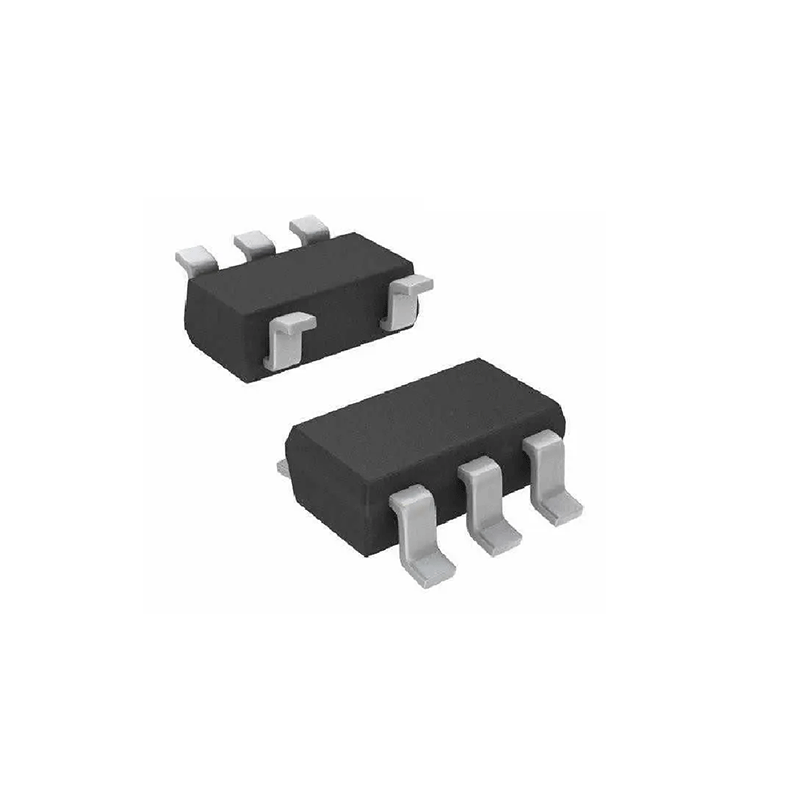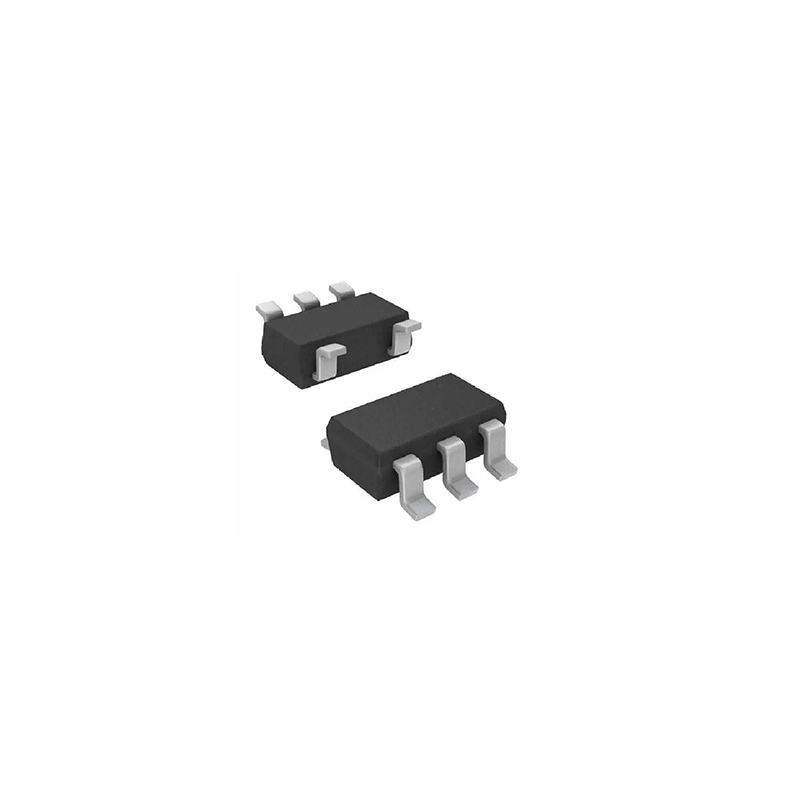1. Synopsys Expands GenAI for Chip Design with Copilot (September 2)
Synopsys announced major updates to its Synopsys.ai Copilot, integrating generative AI across the chip design workflow. Early access results showed up to 35% productivity gains for junior engineers and 10x–20x faster script generation. The tool now supports automated RTL and formal assertion generation, streamlining critical design and verification tasks from hours to minutes Synopsys.
2. Wolfspeed Launches 200mm SiC Materials for Mass Production (September 11)
Wolfspeed announced the commercial availability of its 200mm silicon carbide (SiC) materials, enabling large-scale adoption of wide-bandgap semiconductors for electric vehicles (EVs) and energy infrastructure. The move solidifies Wolfspeed’s position as a leader in SiC technology, leveraging its newly expanded 200mm manufacturing capacity .
3. US Adds 23 Chinese Entities to Entity List, Including 13 Semiconductor Firms (September 12)
The U.S. Department of Commerce placed 13 Chinese semiconductor companies (e.g., Hygon) on the Entity List, restricting their access to U.S. EDA tools and manufacturing equipment. This impacts advanced-node chip design (e.g., 7nm) and forces shifts to domestic alternatives like Hua Da 九天’s Argus DRC tools, which cover only 60% of 7nm rules .
4. ASML’s High-NA EUV Orders Double (September 25)
Intel doubled its order for ASML’s High-NA EUV lithography systems to two units, targeting its 14A process node (planned for 2028). The move underscores Intel’s push to regain leadership in advanced manufacturing, though challenges remain in mastering EUV and securing external clients .
5. TSMC’s 3nm and 5nm Capacity Reaches Near 100% Utilization (September 27)
TSMC reported full capacity bookings for its 3nm and 5nm nodes through early 2026, driven by demand from Apple, NVIDIA, and AMD. The 3nm process, used in NVIDIA’s Rubin GPU and AMD’s MI355X, is a key revenue driver, while advanced packaging (e.g., CoWoS) is expanding to meet AI chip demand .
6. Samsung Cuts 2nm Wafer Prices by 33% to Challenge TSMC (September 29)
Samsung began offering **2nm wafers at $20,000 per unit**, 33% cheaper than TSMC’s $30,000, in a bid to attract clients like NVIDIA and Qualcomm. The company aims to diversify its customer base and improve 良率 after exclusively using the node for its own mobile processors .
7. AMD Unveils Fifth-Generation EPYC Processors at Alibaba Cloud Summit (September 24–26)
AMD launched its EPYC Turin processors (3nm/4nm hybrid process) at the Alibaba Cloud Summit, featuring Zen 5 architecture with 17% higher IPC and native AVX512 support. The chips target AI workloads and cloud computing, complementing AMD’s ROCm software ecosystem for generative AI .
8. South Korea’s Semiconductor Exports Hit Record $16.61B in September (September 30)
South Korea’s semiconductor exports rose 22% YoY to $16.61B, driven by HBM and DDR5 demand. The country’s total exports reached a 3.5-year high of $65.95B, with semiconductors and EVs as key growth drivers .
9. Europe Unveils Semiconductor Coalition to Boost Competitiveness (September 30)
그리고 Semiconductor Coalition Europe (backed by 70+ companies) called for a revised EU Chips Act to enhance regional R&D and manufacturing. The initiative aims to align policy with market needs and secure Europe’s position in advanced packaging and sustainable semiconductor production .
10. GaN Technology Advances with New Partnerships and Products (September 23–30)
- ROHM launched a 2-in-1 SiC module (“DOT-247”) for high-power applications, offering higher power density and design flexibility .
- Nexchip, Union Electronics, and Innoscience partnered to develop intelligent integrated GaN solutions for EVs, targeting improved system efficiency and cost reduction .
- GaNext debuted its Gen3 GaN platform at PCIM Asia, featuring a 9mΩ 650V FET (world’s lowest Rds(on)) for EV charging and energy storage .
11. E&R Engineering Expands North American Presence (September 24)
Taiwan-based E&R Engineering established a U.S. subsidiary in Arizona to support laser and plasma equipment demand from North American clients. The company plans to open demo labs in Phoenix and Portland by 2026, targeting EV and AI chipmakers .
12. Intel’s Panther Lake CPU to Enter Mass Production (September 24)
Intel announced volume production of its Panther Lake CPUs based on the Intel 18A process, its first 20A-class node. The chips will power next-gen client and server products, leveraging RibbonFET and PowerVia technologies.
13. US-China Tech Tensions Persist (September 3)
Despite earlier reports of NVIDIA’s H20 export license approval, the U.S. Bureau of Industry and Security (BIS) delayed processing thousands of export licenses, including H20 chips to China. This impacts $10B+ in orders and raises uncertainty for AI infrastructure projects.
_画板-1@2x.png)



